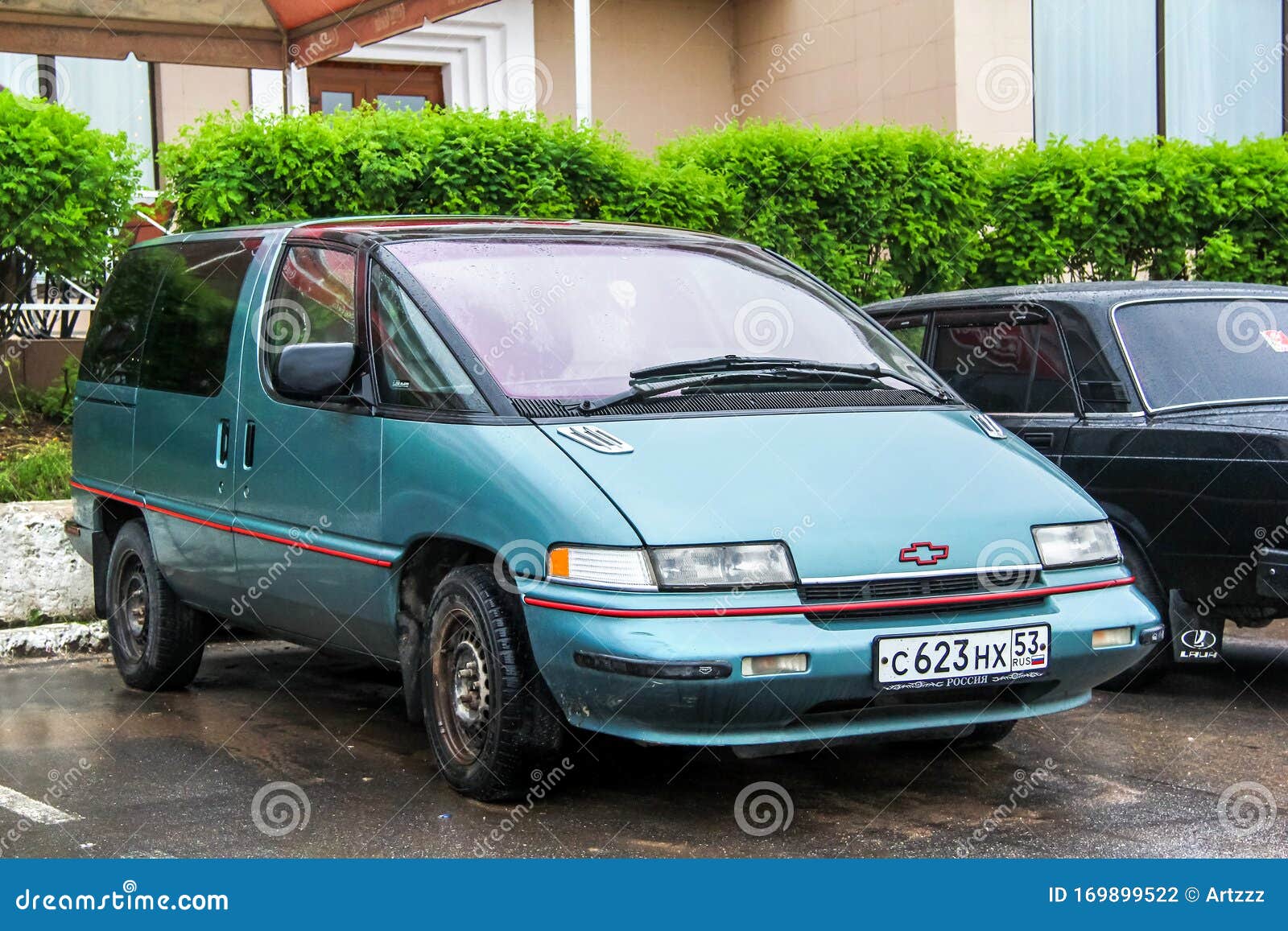

You really can’t go roaring through sharp, flat corners with the throttle flat to the floor without engendering a horrendous amount of body lean and the sensation the van is going to bicycle on you. The Lumina handles about like a minivan is expected to handle. If something gets in the way while the door is closing, it automatically reverses direction. Included in the optional seven passenger seating were new integral child seats.Īlso on board was an optional power sliding side door that has a built-in obstruction sensor. The test Lumina was a seven seater, which gave it the ability to haul everybody in a large household, including the dog. But considering what can be done with this package, it is well worth considering. The other side of the picture is you’re looking at an investment of $619 for the bigger engine, and $200 for the 4T60-E. The combination of 3.8-liter V-6 and 4T60-E raises the towing capacity of the Lumina to 3,000 pounds, 1,000 pounds more than with the standard 3.1-liter V- 6.

Chevy lumina apv series#
And a further enhancement is that it is offered exclusively with GM’s better-class four-speed automatic, the highly regarded 4T60-E series automatic. The 3.8 made the minivan drive like a car. The bigger engine gave the Lumina some life, both in stoplight acceleration and in quick passing. This engine delivers 170 horsepower and 225 foot-pounds of torque, has all the design and reliability attributes of the 3.1, and makes a whole new world out of the Lumina.Īt 231 cubic inches of displacement, you’re talking 40 more cubic inches for the 3.8, and that translates into a lot of pulling power. However, the standard engine is no power match for the 3.8-liter V-6 that was in the test vehicle. It’s basic GM V-6 fare, a tried and proven engine that has demonstrated ongoing reliability. The standard engine is a 3.1-liter V-6 that is rated at 120 horsepower and 175 foot-pounds of torque. But it doesn’t encumber forward visibility, and you quickly adjust to front-end clearance when parking. There is a considerable expanse of dashboard area ahead of you due to the rake of the windshield reaching out to meet the hood. The actual operation was just like any other GM vehicle: Turn the key in the ignition, put it in Drive, and go.

The seating obviously is more elevated than in a passenger car, but it was possible just to step into the seat in positioning one’s self behind the wheel. Another feature is that you don’t have to climb up and in to be seated in order to drive the thing. One facet about driving a van is that you have a commanding view of the road and surrounding terrain, and this certainly is retained in the ’94 vehicle. “Pete” Peterson provided for a test vehicle had controls that were easily located and easily identified. A new instrument panel hood and an array of relocated switches are laid out for added ease of operation.Įverything is still like an old friend, however, as the Lumina that General Motors Corp.’s P.J. It’s all rather impressive, although to the casual observer there are no radical changes.ĭrivers will find the interior changes to their liking. The minivan is about as versatile as they come, and it performs tasks that range from being an automobile to being a truck.Īmong the extensive styling updates on the Lumina are exterior components that includes the hood fenders front and rear fascias lights rocker treatment liftgate handle rear step pad and a high-mounted stop lamp. There isn’t much you can’t do with a ’94 Lumina. While the 1994 Chevrolet Lumina minivan may no longer carry an APV designation, the form and function of the vehicle remain all-purpose. Also gone is the long-prow look of the nose piece. The name has been changed, and to a degree so has the vehicle.Ĭhevrolet’s Lumina minivan has dropped its APV (all-purpose vehicle) cognomen for 1994, and now is just known as the Lumina.


 0 kommentar(er)
0 kommentar(er)
